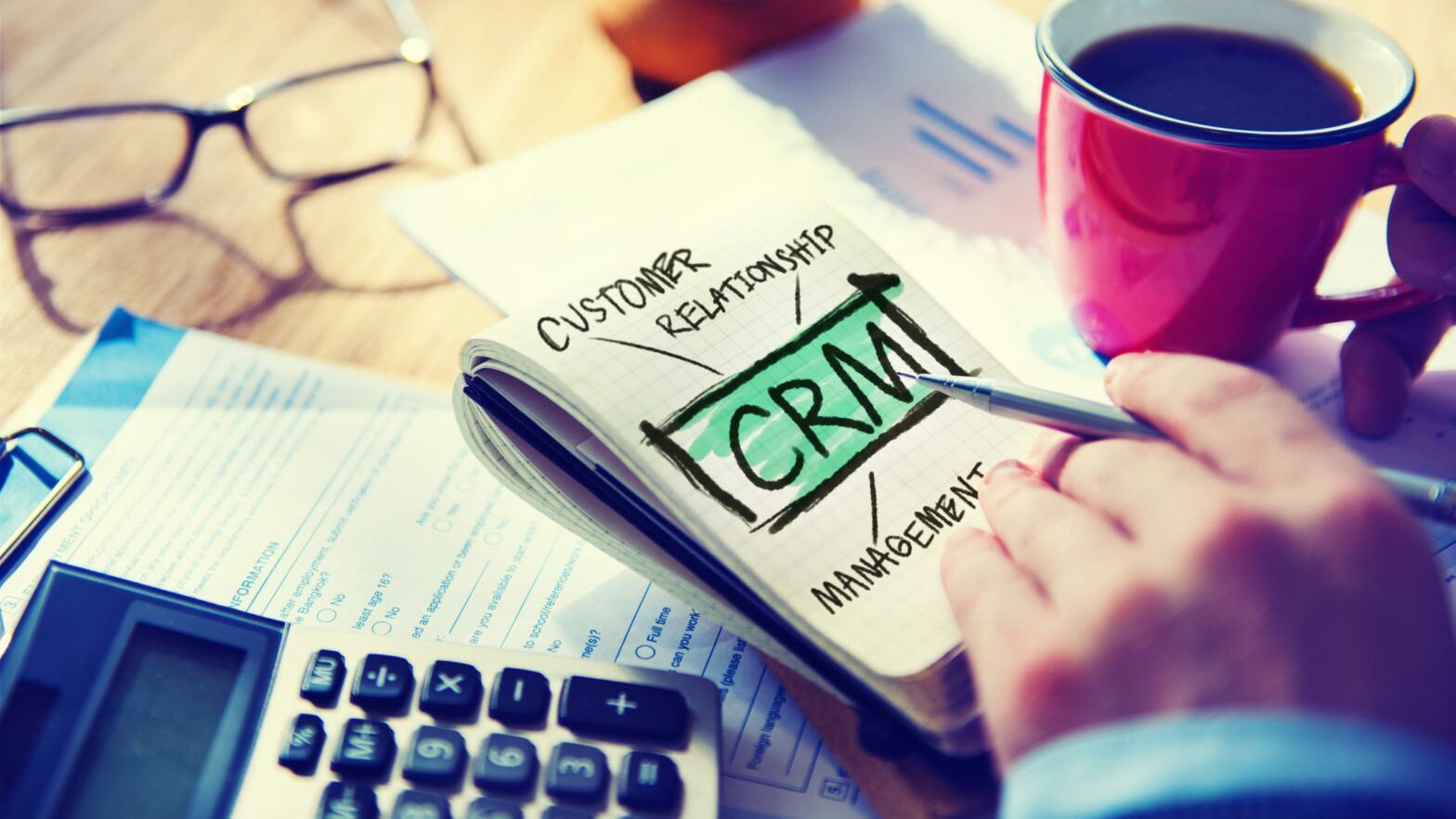If you buy a car, you expect it to drive.
Sure, you might like the idea of massaging seats, in-built wifi and a car that looks more like the Millennium Falcon than a people carrier, but if it doesn’t drive well, who cares?
Ultimately, performance and reliability usually trumps bells and whistles.
While it’s necessary for developers and marketers to ensure the bells and whistles are appropriately placed to deliver results, it’s all too common to see feats of technology and oversized marketing budgets blindly thrown at an idea rather than focusing on what makes a product useful; its ability to solve a problem in the person’s life and consideration for what is important to them.
Part of this mindset in start-ups comes from the pressure to win investment and gain fame for your business.
This pressure, coupled – at the highest levels – with the craze of being the next ‘Unicorn’ threatens to create a culture of valuation being more important than value.
In the same way that people criticise pop music for sacrificing substance in favour of chart success, some start-ups sacrifice usefulness in favour of superficial features, which decreases the value they actually provide.
Solving a genuine problem
One aspect of this is in the mission of the product. True innovation should look to solve a problem that consumers actually face, either now or in the future. Instead, many create problems to solve, with their own product.
Google Glass is a prime example of this. A very promising piece of tech that is well-documented as achieving very little and ultimately failing to win an audience or userbase large enough to justify its existence.
It was undoubtedly innovative and exciting, with never-before-seen technology, but who would actually wear one? Why would it ever be acceptable to be able to film so discreetly in public? What is the practical daily use for having a feed of information available at a glance?
This is because the focus of the product was backwards – it wanted to see what people could do with the tech, rather than considering what the tech could do for the people.
Bentley University investigated and confirmed this. They claim that the intention of Glass was to put an unfinished product into the hands of developers and ‘see what happened’, rather than being designed for consumers.
Marketing can certainly work wonders, but in the age of social media, where companies live and die through public perception, Google Glass was too far gone.
“The most efficient apps will likely gain a significant advantage in winning over conscious consumers”
And this draws on one big reason why robust products that have a clear, simple function succeed; because they have a tendency to advertise themselves.
Research from Nielsen shows that 92 per cent of consumers see word of mouth marketing as the most trustworthy information about a product. In the age of social media, this is a powerful tool, considering one tweet has been attributed to a $1.3 billion drop in share value.
Slack is an example of a company doing this well. Through a strong product that genuinely works, they were able to create a company valued at $1.1 billion without any marketing budget at all, as an extreme example.
Compare that to the McDonald’s Arch Deluxe, a cheap burger aimed at a sophisticated audience in the late 90’s, which remains one of fast food’s biggest flops despite £100 million of marketing spend put behind it.
Many companies with struggling products look to the process of arbitrage marketing, nurturing users with performance campaigns designed to meet their perceived needs, rather than ensuring the product itself will do this.
Not to say that marketing is pointless for a ‘bad’ product, but perfect marketing doesn’t necessarily equate to perfect products, even if the offering is reaching its ‘perfect’ users.
How is success determined?
Outside of product design and marketing, it’s important to also consider the parameters for how success will be determined in an ever-changing future.
The world is increasingly looking to ensure businesses are aware of – and accountable for – any negative effects caused by their products and offering. In tech, time spent in front of a screen will be a suitably large issue for ‘generation glass’, as collective concern begins to pick up speed with initiatives such as ‘Scroll-free September’ becoming more and more commonplace.
In line with this, the most efficient apps – those that simply do what they do requiring minimum effort and interaction time – will likely gain a significant advantage in winning over conscious consumers.
All of this informs a large part of what we’ve tried to achieve at Doodle. We didn’t invent a problem to then solve it, we solve a genuine problem we all share in the pain of scheduling meetings, and the value of Doodle comes in the fact it’s usage time strives to be as short as possible.
Because of this, we’ve seen rapid, purely organic growth, reaching 200 million users a year, and the future addition of marketing investment offers us a huge opportunity for explosive growth.
The most successful products of the present (and probably the future), are those that consider the lives of their users, both in solving a genuine problem and not swallowing their precious time. These products often generate self-sufficient marketing which, in the age of social media, is invaluable.
Tilman Eberle is VP of marketing at Doodle.






